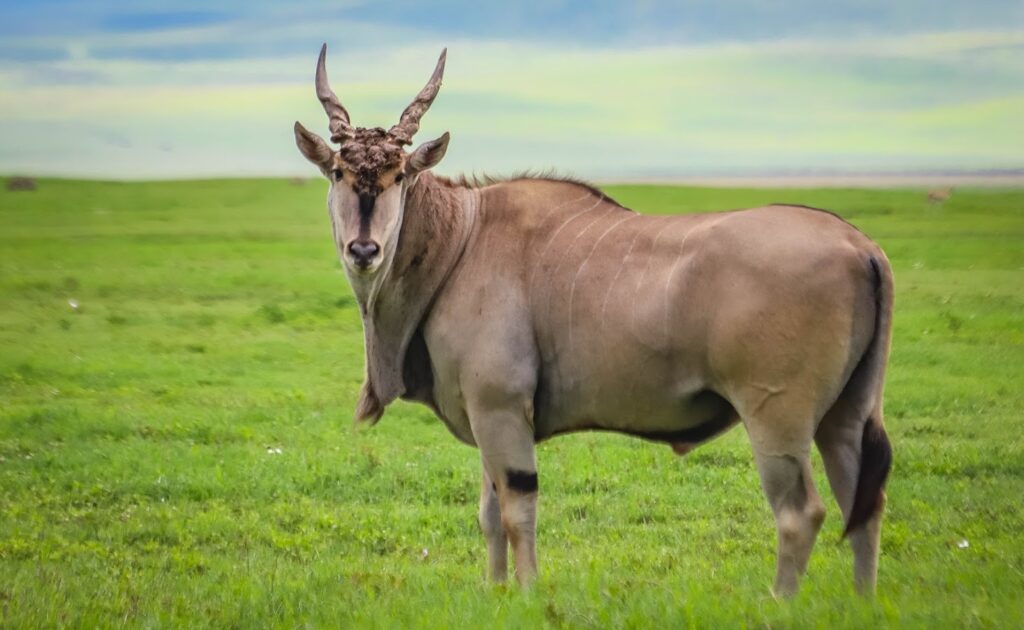Usambara Mountains
Usambara Mountains National Park
Usambara is a beautiful mountain range with grassy plains and virgin tropical rainforest. The area has many colorful villages you can visit during your stay here. The Usambara Mountains are located in northeastern Tanzania, near Mkomazi National Park, about 3 hours drive (110 km/68Mi) west of Tanga.
It is one of the undiscovered places in Tanzania. And this is what makes it a true paradise for nature and hiking lovers. The lush green mountains have a cool climate that is ideal for walks and hikes. But one of the best reasons to hike the Usambara mountains is the amazing view. You’ll see sweeping hills, mountains, valleys, farmland, picturesque villages, colorful markets, and plantations everywhere you go.
The Usambara mountains comprise the easternmost ranges of the Eastern Arc Mountains. They are 90 km long and about half that wide. Faulting and uplifting formed them nearly two million years ago, and they are composed of Precambrian metamorphic rocks. The Usambara Mountains are very unusual in East Africa with their natural regions still covered in tropical forests and therefore they are considered a tremendously significant ecologically and a biodiversity hotspot with many protected zones.
Info About Usambara Mountains National Park
Getting there
The Area is accessible by road and air. Road. 171.32 km/106mi from Tanga, 257.58 km/159mi from Moshi and 359.8 km / 223mi from Dar es Salaam.
Air. Chartered flights are available to the Lushoto airstrip.
Climate
The climate in Usambara is usually dry and warm to hot. The warmest months are October to April and the coldest months are May to September. It also experiences two wet seasons, the long rains which are from March to May and short rains are from November to December. Mean annual rainfall ranges from 570 mm in the lowlands to 1,910 mm in the highlands
Best time to visit the Usambara Mountains
Although the climate is comfortable year-round, paths get too muddy for hiking during the rainy season from March through May. The best time to visit is from June to October, after the rains and when the air is clearest.
Flora and Fauna found
You can find over 3000 plant species and over 600 tree species that thrive in the Usambara mountains. Therefore, it is known as one of the world’s biodiversity hotspots. It, therefore, attracts naturalists and nature lovers from all over the world who come to watch birds, and study trees and flowers or butterflies. Several species are endemic to the Usambara forests.
Activities
You can go for a hike with a local guide and discover the beautiful diversity of this vast area. On a clear day, you can see the grass plains of Mkomazi as well as Kilimanjaro and enjoy the beautiful views that this area has to offer. During this special walk, you will have the opportunity to meet the locals who will wave to you and give you a friendly smile. The locals are very hospitable and if you are open and interested, you will be spontaneously invited to get to know them better.
You can hike up the Irente viewpoint to get a panoramic view of Mazinde village almost 1000 m below and the vast Maasai plains beyond.
Nature Walk
A nature walk can be done through the fertile farmlands of Jaegertal to a fruit tree nursery and learn more about the different varieties of fruit trees and their propagation. The “Growing Rock” tour starts from Soni where you walk to the top of the Kwamongo mountain, famous for its butterflies, and enjoy views of Soni, Lushoto, and the Handeni plains from the peak.



